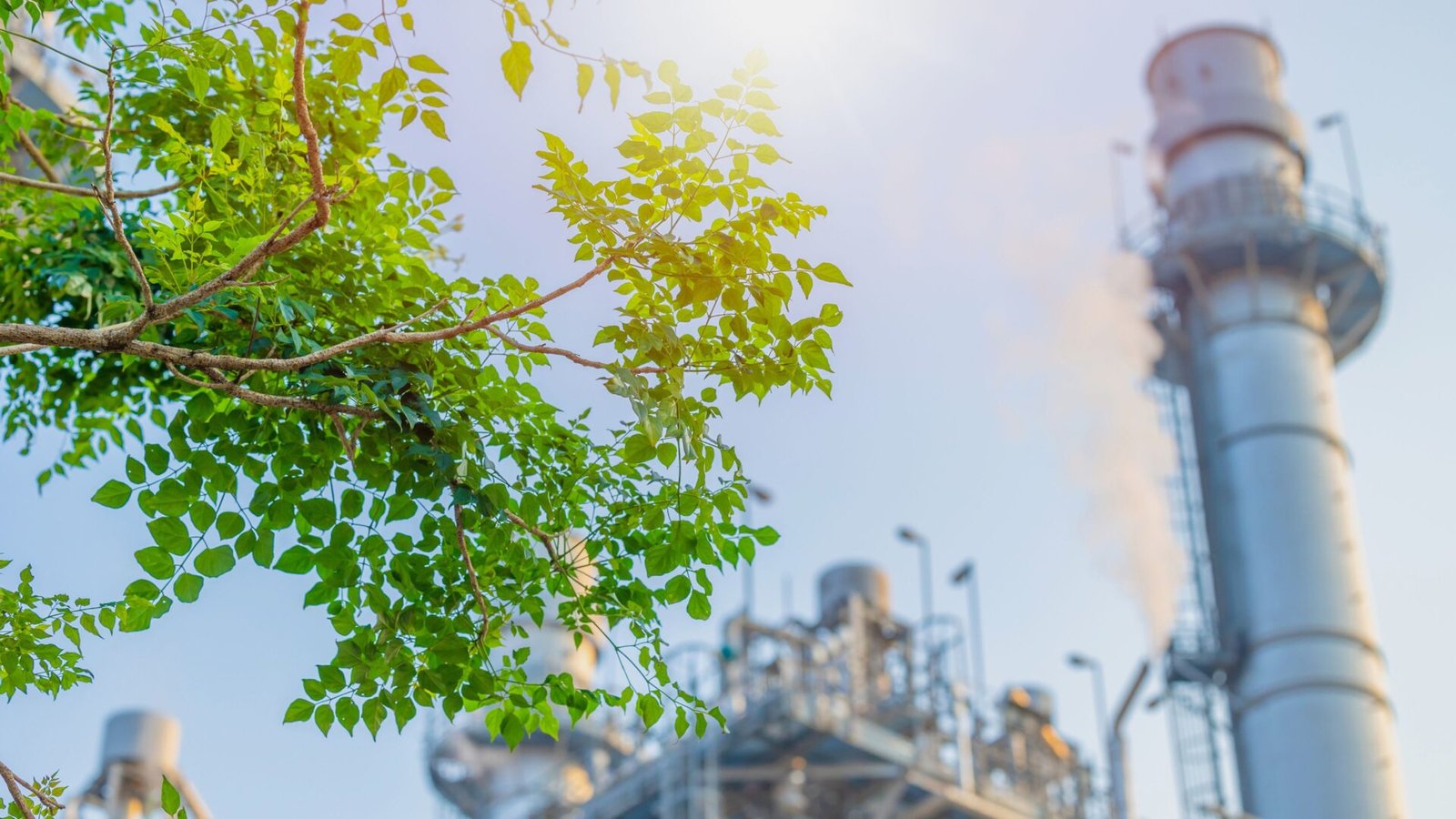As the EU Green Deal ushers in a new era, the Clean Industrial Deal emerges alongside it. The European Commission, in concluding its mandate, introduced a record number of new laws, many focusing on implementing the EU Green Deal—a framework that has driven the policy agenda for the green and energy transition. With around 50 laws passed under the EU Green Deal, businesses now face both unprecedented opportunities for sustainability and significant challenges due to increased regulatory complexity and uncertainty.
For years, sustainability and competitiveness were seen as opposing forces, with many businesses viewing green initiatives as a cost center rather than a growth catalyst. The central question remains: Can sustainability and competitiveness coexist, or are they inherently at odds?
The Traditional View: Sustainability as a Trade-off
Historically, sustainability was often treated as a compliance measure or a public relations tool—checked off but never integrated into core business strategy. Sustainability initiatives were seen as increasing costs, whether through investing in new technologies, adopting eco-friendly practices, or adhering to environmental regulations. The conventional wisdom was clear: sustainability came at the cost of profitability, and, by extension, competitiveness. That view, however, is increasingly outdated.
The New Perspective: Sustainability as a Driver of Competitiveness
Today, we are witnessing a fundamental shift. Far from being a burden, sustainability is becoming a key competitive advantage. Forward-looking companies are embracing sustainable practices to cut operational costs, stand out in crowded markets, and prepare for inevitable regulatory changes.
Clean Technologies: Paving the Way
The rapid evolution of clean technologies is central to making sustainability a viable business strategy. From 2010 to 2020, the cost of solar power dropped by 85%, and the cost of onshore wind fell by 56%, according to the International Renewable Energy Agency (IRENA). These significant declines have allowed businesses to adopt renewable energy solutions at scale, transforming energy efficiency into a cost-saving mechanism rather than a financial burden.
Additionally, battery production and energy storage technologies have seen a 90% cost reduction since 2010, as reported by Bloomberg New Energy Finance (BNEF). This dramatic decrease is driving growth in electric vehicles (EVs) and enhancing grid stability, enabling deeper integration of renewable energy sources.
Sustainability Goals: Fueling Technological Innovation
Ambitious sustainability targets, from the Paris Agreement to the EU Green Deal, have spurred record-breaking investments in clean technology. The European Union has pledged €1 trillion over the next decade through the Green Deal Investment Plan. This surge in funding is propelling advancements in sectors like hydrogen, carbon capture and storage (CCS), and energy storage, all vital to the green transition.
A recent McKinsey report estimates that global investments in clean energy technologies will reach $4 trillion annually by 2030, quadrupling past investment levels. This capital influx will continue to drive innovation, scale, and further cost reductions, creating a virtuous cycle that makes clean technologies increasingly accessible and attractive for businesses.
Job Creation in Sustainability and Cleantech
The cleantech revolution is not just transforming industries but also generating millions of jobs. According to IRENA, the renewable energy sector employed 13.7 million people globally in 2022, up from 7.3 million in 2012. The solar industry alone accounted for 4.9 million jobs, making it the largest employer in the renewable energy space.
In Europe, the Green Deal is expected to create up to 1 million new jobs in clean energy, energy efficiency, and circular economy sectors by 2030. The wind industry already employs more than 300,000 workers in Europe, with further growth on the horizon as renewable energy targets rise.
Real-World Examples of Competitiveness through Sustainability
- Cost Efficiency: Sustainable practices like energy conservation reduce operational expenses. Advanced production models in industries such as electric vehicles have demonstrated how efficient and sustainable manufacturing processes can drive both sustainability and competitiveness by lowering costs and increasing scalability.
- Consumer Demand: Brands that align with environmental stewardship are experiencing increased customer loyalty. Studies show that a significant portion of global consumers are willing to change their consumption habits to minimize their environmental impact. Sustainable practices have become key differentiators in highly competitive marketplaces, where environmentally conscious consumers are driving demand for greener alternatives.
- Regulatory Compliance and Risk Mitigation: As governments worldwide tighten regulations on emissions, waste, and resource use, companies that proactively adopt sustainable practices are positioning themselves for long-term success. These businesses benefit from reduced regulatory risks while also gaining access to incentives and subsidies designed to support the transition to clean energy and resource efficiency.
- Powering Clean Energy with Advanced Power Electronics: Power electronics are playing a crucial role in the generation of clean energy and the reduction of carbon emissions. Advanced smart PV solutions, energy storage systems, and intelligent power electronics technologies are optimizing energy efficiency across various sectors. By incorporating AI-driven algorithms, these solutions maximize energy yields and increase the efficiency of solar power generation. Such innovations have contributed significantly to the reduction of global CO2 emissions by hundreds of millions of tons. The integration of intelligent power electronics with renewable energy systems enables industries to lower energy costs and improve sustainability, supporting the broader transition to a low-carbon economy.
Navigating Contradictions
While the synergy between sustainability and competitiveness is becoming clear, challenges remain. Short-term costs of transitioning to green models can be high, particularly for heavy manufacturing and fossil fuel-based industries. These sectors may face temporary dips in competitiveness as they invest in green technologies and shift their business models.
However, these hurdles are often short-lived. As sustainable technologies continue to become more affordable and scalable, even resource-intensive sectors are finding pathways to innovation and long-term profitability. For instance, the steel industry is undergoing a transformation with the introduction of hydrogen-based production methods, which could cut emissions by 95% and ensure both environmental and economic sustainability.
The Verdict: Sustainability and Competitiveness Are Complementary
The future of business competitiveness lies in embracing sustainability, not avoiding it. Companies that cling to unsustainable practices risk shrinking market share, rising regulatory pressure, and declining consumer trust. Conversely, those that embed sustainability into their core strategy will thrive and help shape the future economy.
Sustainability isn’t just about protecting the planet—it’s about ensuring long-term business success. The two are no longer in opposition; they are vital partners in driving growth, innovation, and resilience in the 21st century.







